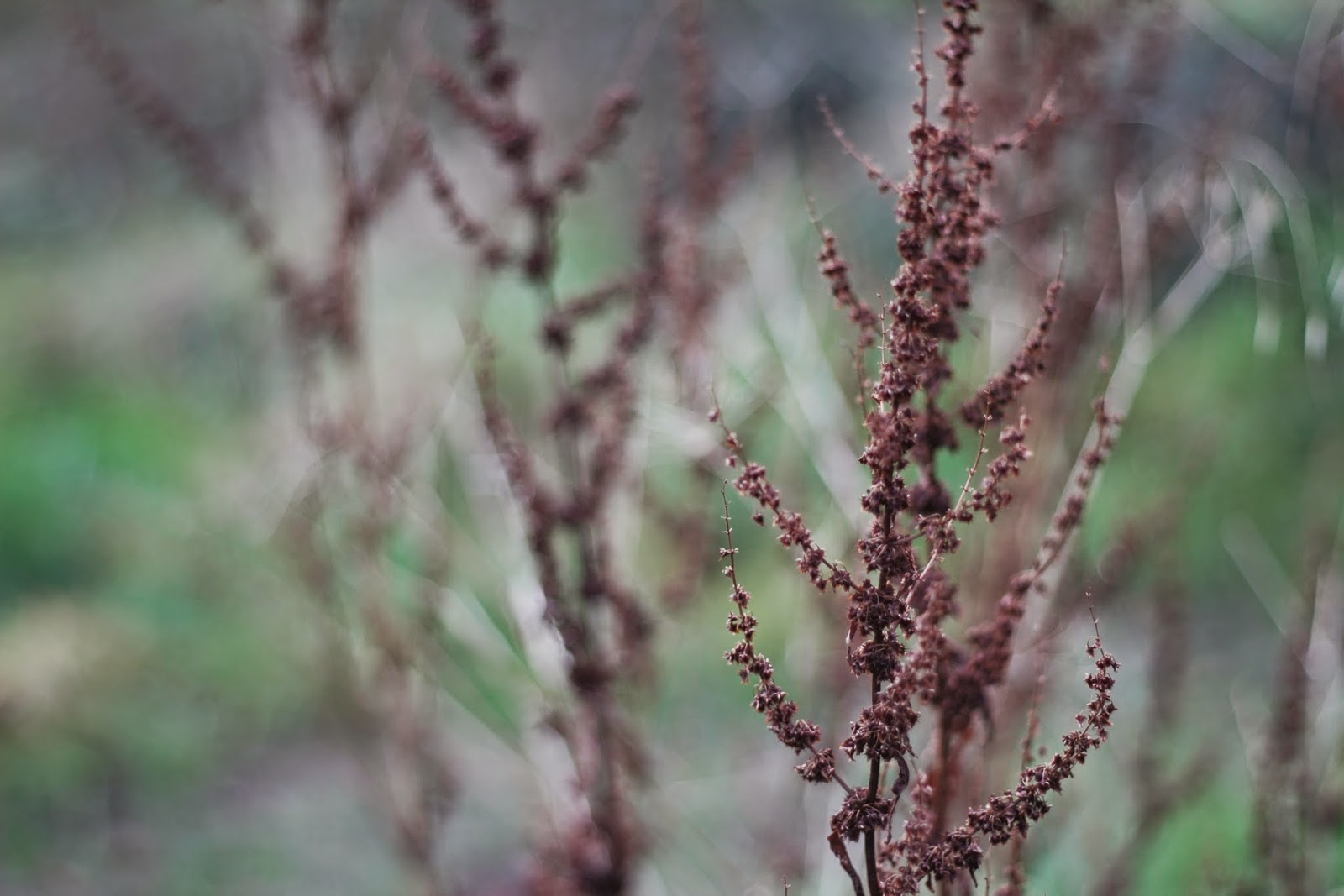About Me
Blog Archive
-
▼
2014
(80)
-
▼
November
(20)
- Maps and Journeys : Visuals (Occipital and Frontal...
- Professional Toolkit : Studio Shoot Evaluation
- Professional Toolkit : The Shoot
- Maps and Journeys : Bringing Everything Together T...
- Maps and Journeys : Colour Research (Parietal Lobe)
- Professional Toolkit : Studio Shoot Casting Actors
- Maps and Journeys : Tutorial Feedback
- Professional Toolkit : Studio Shoot Build 3
- Maps and Journeys : Visual Test Indoors 1 (Frontal...
- Maps and Journeys : Editing the Tests Together (Fr...
- Maps and Journeys : Indoor Test Shoots (Frontal Lobe)
- Maps and Journeys : Visual Research (Frontal Lobe)
- Maps and Journeys : Location Scouting (Occipital a...
- Professional Toolkit : Studio Shoot Build Workshop 2
- Maps and Journeys : Artist Research 3 (Inside My H...
- Maps and Journeys : Artist Research 2 (Universe Mi...
- Professional Toolkit : Studio Shoot Directing Acto...
- Professional Toolkit : Studio Shoot Directing Acto...
- Maps and Journeys : Artist Research 1 (Duende Diag...
- Professional Toolkit : Studio Shoot Build Workshop
-
▼
November
(20)
Popular Posts
-
My Role Experience For me, as an editor, the production stage was a lot about observing the footage in real time in order to understand...
-
The piece's focus is of the movements associated with anxiety, and therefore I want a lot of close ups of hands, feet etc to show this....
-
How anxiety displays itself between person to person is very different - panic attacks can occur out of nowhere or certain thoughts or even...
-
Wreck It Ralph (2012) Wreck it Ralph was one of my immediate thoughts when thinking about the landscape for the project. I like the use...
-
This section of the set took the most time and effort to complete, as it required a lot of measuring and working out angles etc. so this bl...
-
After discussing our previous updated idea with Rosie, we concluded that we should return to our original idea as we were trying to over co...
-
Before production could properly get underway, we spent about 5 days preparing and building the cafe that would be our set, aiming to look s...
-
Feedback Think about how the vines and branches relate to anxiety, what we want to say with them and how to incorporate them into...
-
Mollie, Katherine and I had a tutorial with Vicky to discuss our idea further and get more advice on where to take the project. The main que...
-
Due to the hot conditions of our room during the stop motion shoot it meant our character and set would often melt, and time had to be spen...



























































